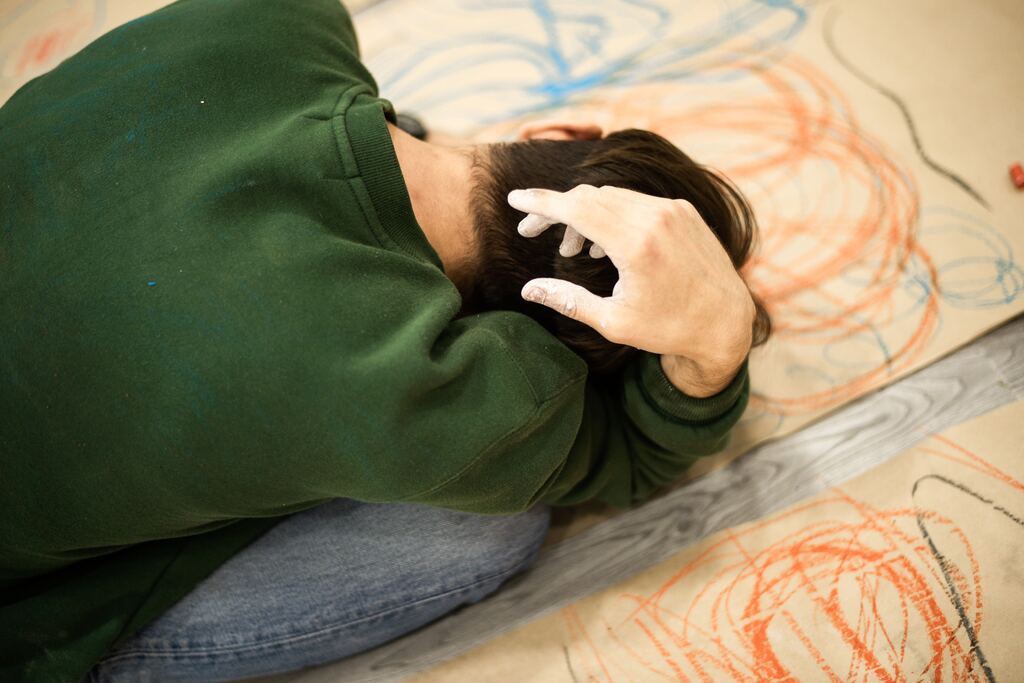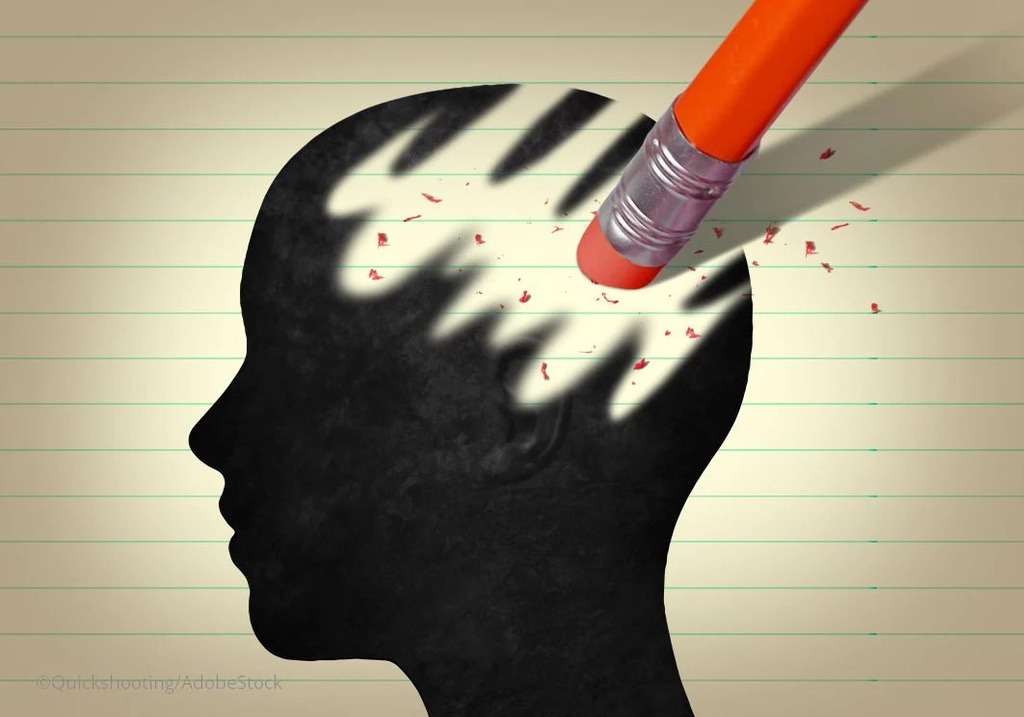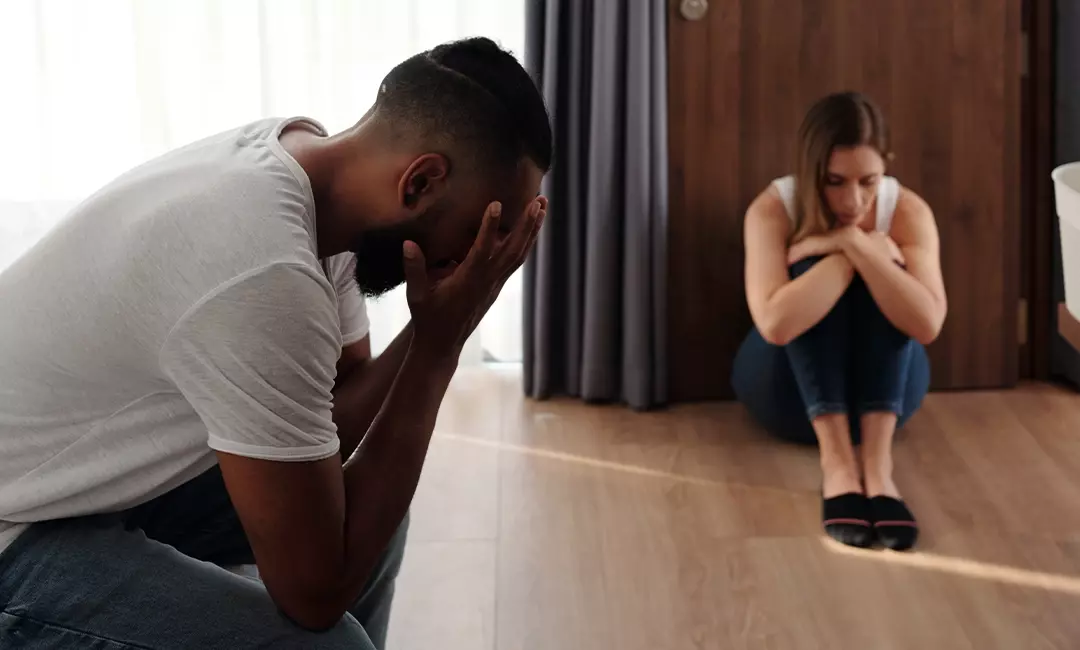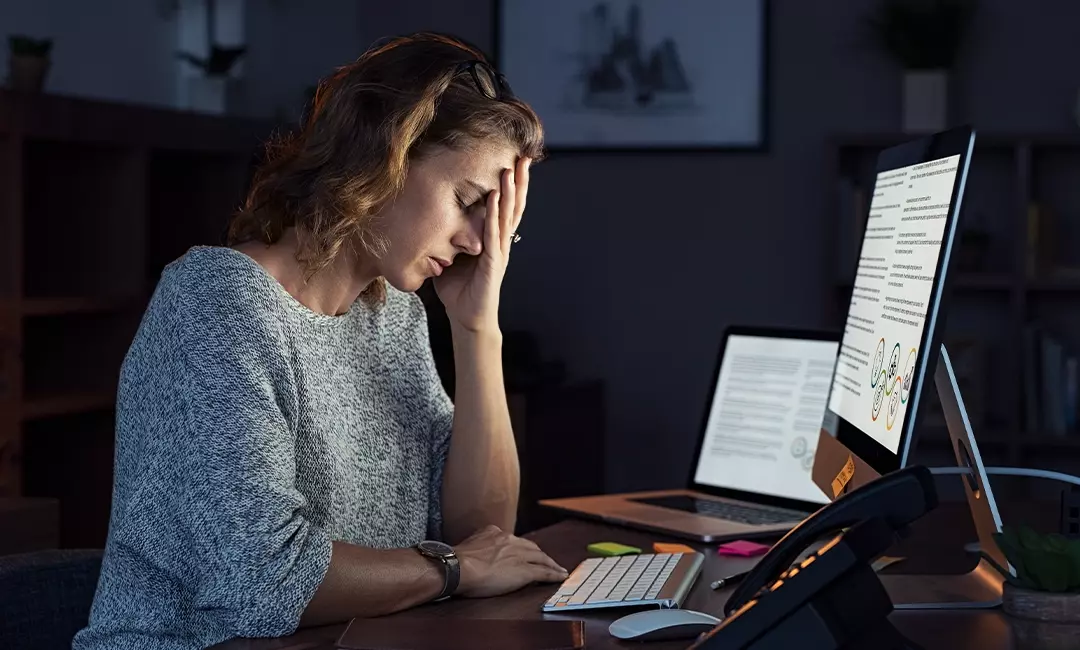Summary:
- A phobia is an extreme form of anxiety disorder. It presents as a debilitating fear from a sometimes irrational process of thought surrounding an object or situation.
- ART stands for Accelerated Resolution Therapy—a form of psychotherapy developed to help individuals overcome a variety of mental health issues. In addition to helping people address phobias, it can be used to treat anxiety, depression, post-traumatic stress disorder (PTSD), and other trauma-related issues.
- ART involves elements of CBT (Cognitive Behavioral Therapy) and EMDR (Eye Movement Desensitization and Reprocessing), as well as several other techniques. The goal of ART is to help clients process and resolve negative emotions and memories related to their phobia in a safe and supportive environment.
- At Therapy Utah, our highly skilled ART therapists have helped many clients identify, explore, and heal from their phobias. Contact us to find a therapeutic match whose tools and approach will be effective for you.
Everyone is afraid from time to time. Evolutionarily speaking, fear is a useful and necessary emotion; it’s hardwired in us as humans and has been keeping us safe since the beginning of time. Intense fear, however, becomes a problem when it affects our day-to-day lives.
At Therapy Utah, we employ a wide range of individual therapy approaches for patients of all kinds, including ART (Accelerated Resolution Therapy). Our licensed therapists have helped a wide variety of clients address a diverse range of phobias by using art to confront their trauma in a safe context. Read ahead to discover how we can help you put your phobias to rest.
What Are Phobias (& How Do They Manifest)?
A phobia is a debilitating, overwhelming, and sometimes irrational fear of a feeling, animal, situation, place, or object. Roughly 19 million Americans are affected by phobias, ranging from mild to severe. Phobias can develop in early childhood but most often appear in people ages 15 to 20. Phobias are also present in men and women equally, but men tend to seek help for their phobias more than women.
At its core, a phobia is an anxiety disorder. Phobias often occur after you’ve had a negative interaction with a specific situation or object. If you relive the interaction in your mind, the otherwise healthy reaction can become part of a lasting association.
Some phobias are more common than others, like the fear of heights (acrophobia) or the fear of enclosed spaces (claustrophobia). Phobias that are less common tend to have their roots in an individual’s specific past experiences.

Via Unsplash.
What Is ART Therapy?
ART combines elements of cognitive-behavioral therapy (CBT), eye movement desensitization and reprocessing (EMDR), and other psychotherapy techniques to create a unique approach to treatment. During ART sessions, clients are guided to focus on negative images, memories, or thoughts related to their phobia or other issues, while simultaneously performing a series of eye movements or other sensory input. These eye movements or other sensory input are thought to facilitate the processing and desensitization of negative memories and emotions, leading to the resolution of the phobia or other issue.
An Effective Treatment for Phobias of Many Kinds
One of the key advantages of ART is its versatility. ART has been shown to be effective in treating a wide variety of phobias, including fear of flying, fear of heights, fear of animals, and more.
Other Challenges ART May Help Resolve Include…
- Anxiety
- Depression
- Post-traumatic stress disorder (PTSD)
- Other trauma-related issues

Via Psychiatric Times.
How ART Therapy Helps with Phobias
By working to reprogram the way the brain stores upsetting memories and associations, ART can facilitate surprisingly rapid recovery from phobias—even those that a client has struggled with for years or decades. Validated by a growing body of research from the University of South Florida, ART combines well-known and respected therapeutic practices with effective methods in a safe environment.
What to Expect in a Typical ART Session
The actual ART treatment involves several steps, each of which can be tailored to each client’s specific needs and goals. Here’s what to expect during a session if you try ART for yourself:
- First, the therapist will guide you to focus on a specific image, memory, or thought related to your phobia or other issue. While focusing on this image or thought, you’ll also engage in a series of eye movements or other sensory input (like tapping or auditory tones).
- As you continue to focus on the image or thought and perform the eye movements or other sensory input, the therapist will guide you to notice any shifts in your thoughts, emotions, or physical sensations. You may experience a sense of emotional release or relief as negative emotions and thoughts are processed and resolved.
- The therapist may repeat this process with different images or memories related to your phobia or other issue, gradually building up to more complex and emotionally challenging material. Throughout the session, the therapist will provide support and guidance to help you feel safe and comfortable.
The Benefits of ART
Here are some of the potential benefits you may experience when using ART to treat phobias:
- Reduced intensity and frequency of phobic reactions
- Relief from associated anxiety and distress
- Significant improvements in symptoms over relatively short periods
- A safe and supportive environment
- A greater sense of control over thoughts, feelings, and behaviors related to your phobia
- Increased self-confidence and a greater sense of well-being

Via Adobe Stock.
Frequently Asked Questions about Treating Phobias with ART
What Therapy Approaches Are Used in ART?
ART incorporates elements of many other therapeutic modalities, including:
- Gestalt Therapy
- CBT (Cognitive Behavioral Therapy)
- EMDR (Eye Movement Desensitization and Reprocessing)
- Imagery Rescripting
- Guided Imagery
- Brief Psychodynamic Therapy
What Sets ART Apart from Other Therapies for Treating Phobias?
ART does not typically involve elements of exposure therapy, making it a gentler approach to resolving trauma or confronting unpleasant memories for many clients. The speed at which ART can produce positive results also makes it unique among therapeutic approaches for overcoming phobias.
How Long Does ART Last When Used to Treat Phobias?
Individual ART sessions typically last from 45 minutes to an hour. Clients may begin to experience significant improvements in anywhere from 1-5 sessions.
Are There Any Risks Associated with ART?
ART is generally considered safe and has few reported side effects. However, as with any form of psychotherapy, there may be emotional or psychological discomfort during the process of addressing negative emotions or memories. Working with one of our licensed and experienced therapists who has specific training in ART is the best way to make sure your treatment is both safe and effective.
Can ART Be Combined with Other Treatments for Phobias (Like Medication or Exposure Therapy)?
Yes—ART is commonly combined with other forms of therapy (including exposure therapy for clients who want to use it as a supplementary approach). Many clients also engage in ART while taking medications prescribed to them by licensed medical doctors.
How to Find an ART Therapist to Help You Treat Your Phobia
ART therapy is an effective way to treat phobias and the anxiety they cause—often in a surprisingly short amount of time. Our skilled ART therapists at Therapy Utah have helped person after person reclaim their lives and live them to the fullest. Contact us today and let us partner with you for your healing.










